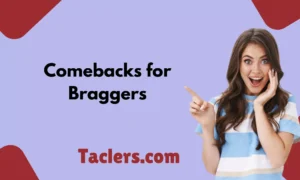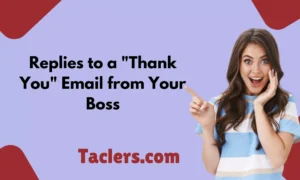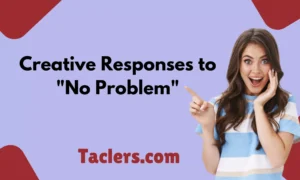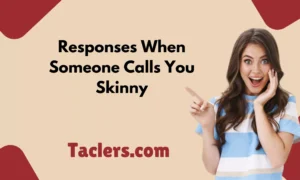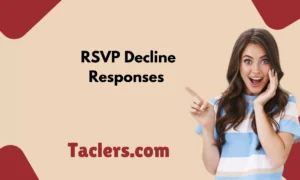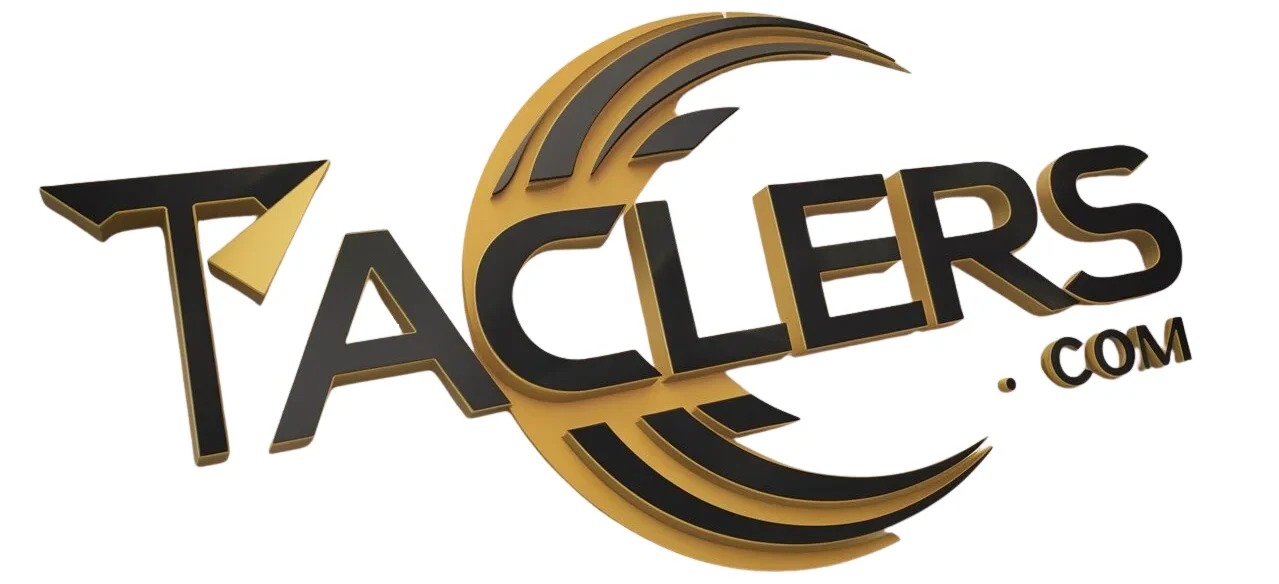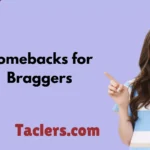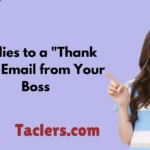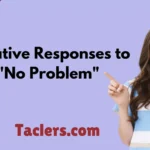Effective communication is crucial in relationships, whether you’re navigating the early stages of a connection or maintaining a platonic bond. Crafting thoughtful responses can make all the difference in how your messages are received and understood. This guide provides a comprehensive look at how to respond to enthusiastic messages, request more information, and handle rejections gracefully.
Enthusiastic & Flirty Replies
When someone expresses mutual interest or flirtation, your reply can set the tone for how the interaction progresses. Here’s how to craft replies that show enthusiasm and keep the conversation engaging.
“Right back at you! Let’s turn this text into reality. 😉”
Explanation: This reply is perfect for reciprocating flirtation and suggesting a real-life meet-up. It conveys eagerness to move beyond texting and turn your connection into an actual experience.
Example Scenario: If someone sends you a flirty message expressing interest, use this reply to indicate that you’re equally interested and ready to take the next step.
Why It Works:
- Active Voice: “Let’s turn this text into reality” suggests action and engagement.
- Emojis: The winking emoji adds a playful tone.
“Been thinking about you all day. This just made my night!”
Explanation: Expressing that you’ve been thinking about someone adds a personal touch and shows genuine interest. This response makes the other person feel special and appreciated.
Example Scenario: Use this reply in response to a sweet or thoughtful message that brightened your day.
Why It Works:
- Personal Connection: Shows that their message had a significant positive impact.
- Emotion: Conveys happiness and appreciation.
“Guess what? The feeling is mutual. What’s our next move?”
Explanation: By confirming that you share their feelings, you strengthen the connection. Asking about the next move shows that you’re interested in progressing the relationship.
Example Scenario: If someone has shared their feelings with you, use this reply to show that you’re on the same page and ready to discuss future plans.
Why It Works:
- Directness: Clearly states that you feel the same way.
- Initiative: Encourages further discussion and planning.
“I’m all yours! Tell me, what are you thinking?”
Explanation: This reply indicates complete openness and curiosity about their thoughts. It shows that you value their opinions and are excited to hear more.
Example Scenario: Use this when you want to show enthusiasm and invite them to share more of their thoughts.
Why It Works:
- Openness: Shows willingness to engage deeply.
- Curiosity: Invites them to share their thoughts.
“Your message just made me smile so big. Can’t wait to see you!”
Explanation: This response highlights the joy their message brought you and expresses eagerness to meet. It reinforces positive feelings and anticipation.
Example Scenario: Use this when a message has significantly uplifted your mood.
Why It Works:
- Positive Reinforcement: Indicates their message had a meaningful impact.
- Anticipation: Expresses excitement about meeting.
“Just when I thought my day couldn’t get any better, I get this text from you.”
Explanation: This reply underscores the positive impact of their message on your day. It shows that their communication is a highlight for you.
Example Scenario: Respond to a message that has significantly improved your mood.
Why It Works:
- Impact: Highlights how much their message meant to you.
- Gratitude: Shows appreciation.
“And here I was, trying to play it cool. You’re making it hard for me!”
Explanation: Adding humor to your response can make the conversation more playful. This reply suggests that their message has made it difficult to stay composed.
Example Scenario: Use this to lighten the mood and show that their message had a strong effect on you.
Why It Works:
- Humor: Adds a playful element to the conversation.
- Authenticity: Shows genuine reaction.
“Why wait? Let’s make plans.”
Explanation: This reply moves the conversation from texting to making real-life plans. It shows decisiveness and eagerness to take the next step.
Example Scenario: Use this when you want to transition from chatting to arranging a meetup.
Why It Works:
- Action-Oriented: Encourages moving forward.
- Directness: Shows clear interest in making plans.
“You have a way with words. I’m all in. 😏”
Explanation: Complimenting their communication style while expressing your interest adds a touch of flattery and enthusiasm.
Example Scenario: Use this when you’re impressed by their message and want to show that you’re fully engaged.
Why It Works:
- Flattery: Compliments their way with words.
- Engagement: Indicates strong interest.
“This is exactly what I needed to hear tonight. You’re on my mind too.”
Explanation: This response conveys that their message was timely and reassuring. It also reciprocates their feelings, showing that they’re on your mind.
Example Scenario: Respond to a message that was particularly meaningful or reassuring.
Why It Works:
- Reciprocity: Indicates that you share their feelings.
- Timeliness: Shows appreciation for their message.
Replies for When You Need More Information
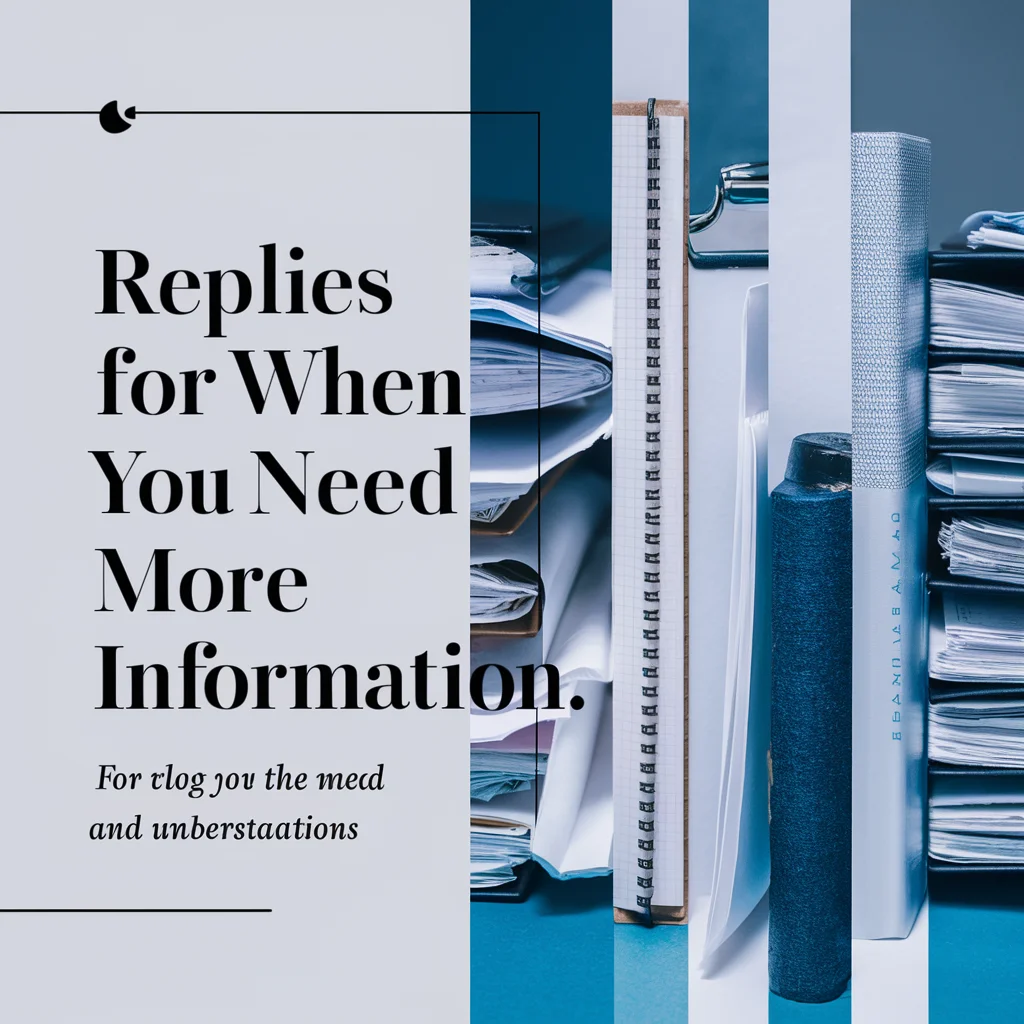
When someone’s message is unexpected or unclear, asking for more information can help you understand their intentions better. Here’s how to craft thoughtful replies when you need more context.
“Wow, didn’t see that coming! Mind if we take a step back and talk about it?”
Explanation: This reply acknowledges surprise and requests a more detailed conversation. It’s a gentle way to ask for clarification without dismissing their feelings.
Example Scenario: Use this when a message is unexpected or needs further discussion.
Why It Works:
- Acknowledgement: Recognizes the unexpected nature of their message.
- Request for Clarity: Opens the door for more discussion.
“I’m flattered, but let’s get to know each other a bit more first. What do you say?”
Explanation: This response is polite and suggests taking more time to build a connection before advancing. It indicates interest while seeking a deeper understanding.
Example Scenario: Use this when the pace of the interaction feels too fast.
Why It Works:
- Politeness: Shows appreciation for their interest.
- Desire for Depth: Emphasizes the need for more connection.
“That’s quite bold of you! I’m curious, what made you say that now?”
Explanation: This reply acknowledges their boldness and asks for the reason behind their message. It helps you understand their current feelings or motivations.
Example Scenario: Use this when someone makes a surprising or bold statement.
Why It Works:
- Acknowledgement: Recognizes the bold nature of their message.
- Curiosity: Seeks to understand their motivation.
“I appreciate your honesty, but I think we’re at different places right now. Can we discuss?”
Explanation: This response shows respect for their honesty while indicating a need for alignment. It’s a way to address differences in feelings or relationship goals.
Example Scenario: Use this when there’s a mismatch in expectations or current relationship stages.
Why It Works:
- Respect: Acknowledges their openness.
- Need for Alignment: Indicates the need for a discussion.
“You’ve got my attention! But I’d like to understand what you’re looking for. Thoughts?”
Explanation: This reply shows that you’re interested but need more information about their intentions. It opens up a dialogue for better understanding.
Example Scenario: Use this when you need clarity on their expectations or intentions.
Why It Works:
- Interest: Shows you’re engaged.
- Request for Details: Seeks more information.
“That’s a lot to process. I value our connection and want to make sure we’re on the same page.”
Explanation: This response acknowledges the complexity of the situation and emphasizes the importance of mutual understanding.
Example Scenario: Use this when a message introduces complex or significant topics.
Why It Works:
- Acknowledgement: Recognizes the complexity.
- Emphasis on Understanding: Stresses the need for alignment.
“I’m all for openness, but let’s slow down a bit. What’s your ideal scenario here?”
Explanation: This reply requests a slower pace and clarity on their ideal situation. It’s a way to manage the conversation while seeking more information.
Example Scenario: Use this when the conversation is moving too quickly.
Why It Works:
- Openness: Encourages honesty.
- Request for Clarity: Seeks to understand their ideal outcome.
“Your message caught me by surprise! Give me a moment to catch up. 😊”
Explanation: This response acknowledges surprise and requests time to process their message. It’s a gentle way to ask for a pause.
Example Scenario: Use this when you need time to process unexpected information.
Why It Works:
- Acknowledgement: Recognizes surprise.
- Request for Time: Asks for a moment to reflect.
“I’m honored, truly. Before we dive deeper, could we talk about what this means for us?”
Explanation: This reply expresses gratitude and requests a discussion about the implications of their message. It helps in understanding the direction of the relationship.
Example Scenario: Use this when needing to clarify the future direction of the relationship.
Why It Works:
- Gratitude: Shows appreciation.
- Request for Discussion: Seeks to understand the implications.
“Thanks for being so upfront. I need a bit more time to think about this. Can we chat about it soon?”
Explanation: This response thanks them for their honesty and requests time to consider the message. It opens up the possibility for further discussion.
Example Scenario: Use this when needing time to reflect on their message.
Why It Works:
- Appreciation: Acknowledges their honesty.
- Request for Time: Asks for time to think.
Kind But Clear Rejection Replies
Rejecting someone can be challenging, but delivering your message with kindness and clarity can help maintain respect and understanding. Here’s how to handle rejections gracefully.
“I’m really touched by your message, but I don’t feel the same way. I hope we can still be friends.”
Explanation: This reply acknowledges their feelings and expresses that you don’t share the same romantic interest but are open to maintaining a friendship.
Example Scenario: Use this when you want to reject a romantic advance while preserving a friendly relationship.
Why It Works:
- Acknowledgement: Recognizes their feelings.
- Friendly Closure: Offers to stay friends.
“You’re awesome, but I think we’re better as friends. I value our connection and hope you understand.”
Explanation: This response conveys appreciation and suggests a platonic relationship. It emphasizes the value of the connection while setting clear boundaries.
Example Scenario: Use this when you want to maintain a platonic relationship after a romantic proposal.
Why It Works:
- Compliment: Shows appreciation for them.
- Clear Boundaries: Indicates a shift to friendship.
“I appreciate the courage it took to say that. Unfortunately, I don’t feel we’re a match in that way.”
Explanation: This reply respects their courage and clearly states that you’re not a match romantically. It helps to close the conversation respectfully.
Example Scenario: Use this when someone has made a romantic advance, and you don’t share the same feelings.
Why It Works:
- Respect: Acknowledges their bravery.
- Clarity: Clearly communicates your feelings.
“It means a lot that you’d share that with me, but I don’t feel the same. Let’s keep things as they are?”
Explanation: This response shows appreciation for their honesty while suggesting maintaining the current relationship status without progressing romantically.
Example Scenario: Use this when you prefer to keep the relationship as it is without advancing romantically.
Why It Works:
- Appreciation: Acknowledges their openness.
- Maintains Status Quo: Suggests keeping things the same.
“I’ve thought about it, and I believe I’m not the right person for what you’re looking for. Thank you for understanding.”
Explanation: This reply communicates that you’re not the right match for their needs and thanks them for their understanding. It provides a clear and respectful closure.
Example Scenario: Use this when you feel that you’re not suitable for their expectations.
Why It Works:
- Respectful Closure: Provides a clear explanation.
- Gratitude: Thanks them for understanding.
“You’re a great person, and anyone would be lucky to have you. My feelings are more on the friendly side, though.”
Explanation: This response offers a compliment and clearly states that your feelings are platonic. It’s a way to acknowledge their worth while setting boundaries.
Example Scenario: Use this when you want to maintain a platonic relationship.
Why It Works:
- Compliment: Highlights their positive qualities.
- Clarity: Clearly states your feelings.
“I appreciate you being so direct. I prefer we remain friends, if that’s okay with you.”
Explanation: This reply shows appreciation for their directness and suggests a friendly relationship. It sets a clear boundary while keeping the tone respectful.
Example Scenario: Use this when you wish to stay friends after a romantic advance.
Why It Works:
- Appreciation: Recognizes their honesty.
- Clear Boundaries: Suggests maintaining friendship.
“Your message took me by surprise. I have a lot of respect for you, but I don’t share those feelings.”
Explanation: This response acknowledges surprise and expresses respect while clarifying that you don’t share the same feelings. It’s a respectful way to decline.
Example Scenario: Use this when you are surprised by their romantic interest but do not reciprocate.
Why It Works:
- Respect: Shows admiration for them.
- Clarity: Clearly states your feelings.
“I’m honored, but I must be honest – my heart’s not in the same place. I hope you find what you’re looking for.”
Explanation: This reply conveys honesty about your feelings and offers well-wishes for their future. It’s a way to decline gracefully while expressing respect.
Example Scenario: Use this when you need to be straightforward about your lack of romantic interest.
Why It Works:
- Honesty: Provides a clear explanation.
- Well-Wishes: Expresses respect and positivity.
Conclusion
Mastering communication in relationships involves responding thoughtfully to various types of messages. Whether you’re dealing with enthusiastic expressions, seeking more information, or delivering a kind rejection, the key is to be clear, respectful, and genuine.
By using these tailored replies, you can navigate conversations with confidence and maintain positive interactions. Remember, effective communication is not just about the words you use but also about the empathy and respect you convey through them.
Feel free to use these examples as a guide to enhance your communication skills and foster better relationships.

Justin Taylor is a storytelling maestro at Taclers.com, blending humor and heart in his captivating articles. With a rich background in creative writing, he has a unique talent for turning everyday reactions into extraordinary tales. Dive into his work for a delightful read that always hits the mark.


